The sentence ¬(p ∨ q) is logically equivalent to the sentence (¬p ∧ ¬q) If p and q are both true, then both sentences are false If either p is true or q is true, then the disjunction in the first sentence is true and the sentence as a whole false If p and q are statements then here are four compound statements made from them ¬ p , Not p (ie the negation of p ), p ∧ q, p and q, p ∨ q, p or q and p → q, If p then q Example 11 2 If p = "You eat your supper tonight" and q = "You get desert"Definition 213 We say two propositions p p and q q are logically equivalent if p ↔ q p ↔ q is a tautology We denote this by p ≡ q p ≡ q
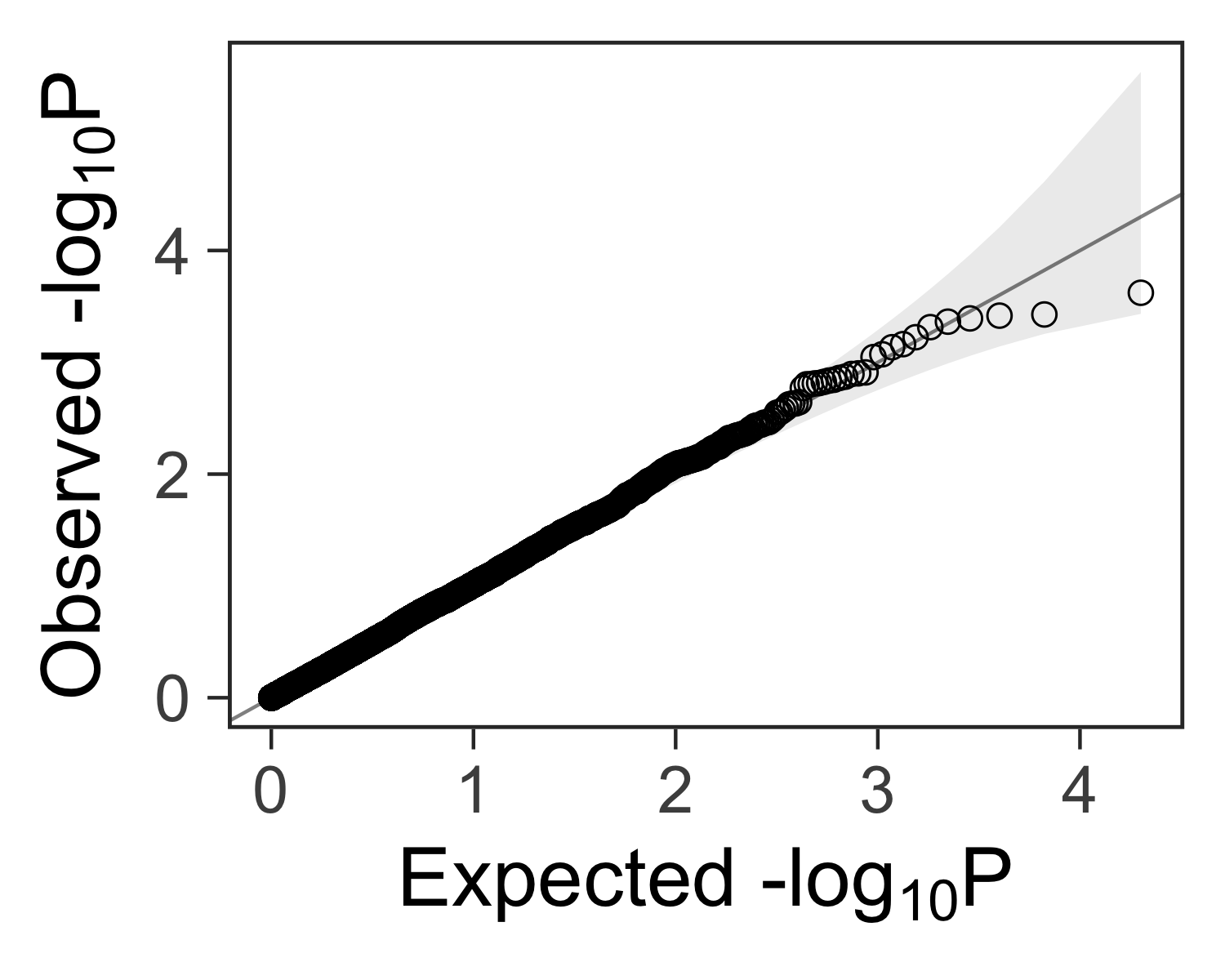
Create A Quantile Quantile Plot With Ggplot2 Kamil Slowikowski
P v q p q is logically equivalent
P v q p q is logically equivalent-When p = T and q = F (or when p = F and q = T), then p ∧ (p → q) is false and p ∨ q is true Determine whether the following pairs of expressions are logically equivalent Prove your answerCase 1 Suppose (p!q) is true and p^qis false(p!q) would be true if p!qis false Now this only occurs if pis true and qis false However, if pis true and qis false, then p^qwill be true Hence this case is not possible Case 2 Suppose (p!q) is false and p^qis true p^qis true only if pis true and qis false But in this case, (p!q) will be true



Www Ppgaerospace Com Getmedia 59c9dc49 5e8a 4b9d 914c 4cccd6 Pr 2870 Class A Non Chromate Corrosion Inhibitive Sealant Pdf Ext Pdf
In ordinary language terms, if both p and q are true, then the conjunction p ∧ q is true For all other assignments of logical values to p and to q the conjunction p ∧ q is false It can also be said that if p , then p ∧ q is q , otherwise p ∧ q is p 1 ∼ (p ∨∼q) ∨ (∼p ^ ~ q) ≡ ~p Please help I don't know where to start These are the laws I need to list in each step when simplifying Commutative laws p ∧ q ≡ q ∧ p p ∨ q ≡ q ∨ p Associative laws (p ∧ q) ∧ r ≡ p ∧ (q ∧ r)This tool generates truth tables for propositional logic formulas You can enter logical operators in several different formats For example, the propositional formula p ∧ q → ¬r could be written as p /\ q > ~r, as p and q => not r, or as p && q > !r The connectives ⊤ and ⊥ can be entered as T and F
Tabel kebenaran untuk ekspresi p → q dengan ~p v q Karena untuk tiaptiap baris, nilai kebenaran pada kolom p → q dan ~p v q sama, maka disimpulkan bahwa p → q ≡ ~p v q Contoh buktikan ekuivalensi tanpa menggunakan tabel kebenaran dari (q → p) ≡ (~p → ~q), karena persamaan kanan lebih komplek maka kita turunkanQuestion originally answered What is the truth table for (p>q) ^ (q>r)> (p>r)?The statement \pimplies q" means that if pis true, then q must also be true The statement \pimplies q" is also written \if pthen q" or sometimes \qif p" Statement pis called the premise of the implication and qis called the conclusion Example 1 Each of
∴ ((p∨q)∧(p∨r)) p or (q and r) is equiv to (p or q) and (p or r) Double Negation p ∴ ¬¬p p is equivalent to the negation of not p Transposition (p → q) ∴ (¬q → ¬p) if p then q is equiv to if not q then not p Material Implication (p → q) ∴ (¬p∨q) if p then q is equiv to not p or q Exportation ((p∧q) → r) ∴ (p → (q → r))I construct the truth table for (P → Q)∨ (Q→ P) and show that the formula is always true P Q P → Q Q→ P (P → Q)∨ (Q→ P) T T T T T T F F T T F T T F T F F T T T The last column contains only T's Therefore, the formula is a tautology Example Construct a truth table for (P → Q)∧ (Q→ R) P Q R P → Q Q→ R (P → Q)∧ (Q→ R)Without using the truth table show that P ↔ q ≡ (p ∧ q) ∨ (~ p ∧ ~ q) Maharashtra State Board HSC Science (Electronics) 12th Board Exam Question Papers 164 Textbook Solutions Online Tests 60 Important Solutions 38 Question Bank Solutions Concept Notes &



Www Ppgaerospace Com Getmedia 59c9dc49 5e8a 4b9d 914c 4cccd6 Pr 2870 Class A Non Chromate Corrosion Inhibitive Sealant Pdf Ext Pdf




Calculate Inflation Observed And Expected P Values From Uniform Distribution In Qq Plot Cross Validated
Let p and q be statement variables which apply to the following definitions The conditional of q by p is "If p then q " or " p implies q " and is denoted by p q It is false when p is true and q is false;Let p and q are two statements then "if p then q" is a compound statement, denoted by p→ q and referred as a conditional statement, or implication The implication p→ q is false only when p is true, and q is false;Math\begin{array}{cccccccccccccccccc}p&q&r&p \supset q&q\supset r&(p \supset




Qq P 416 Tech Information
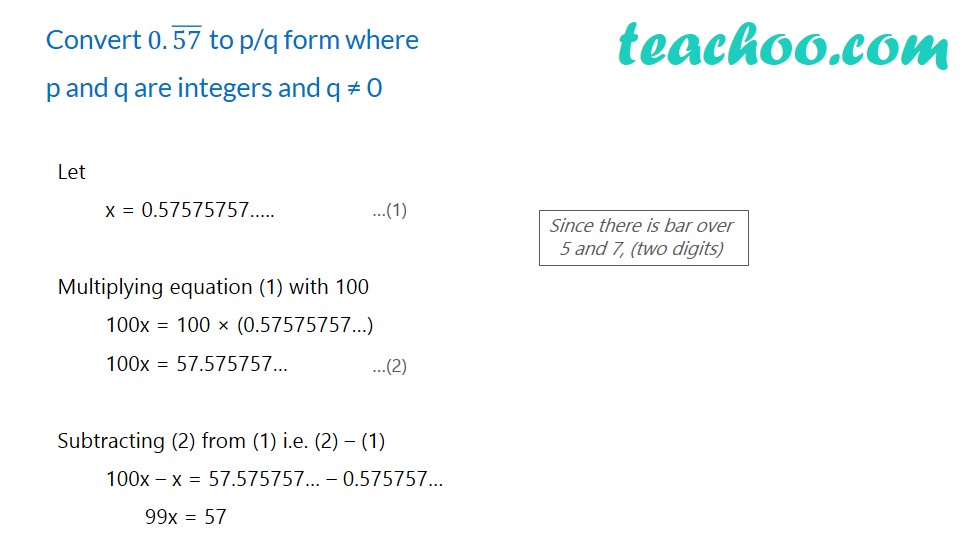



Convert 0 To P Q Form Where P And Q Are Integers And Q 0
Since the converse Q )P is logically equivalent to the inverse P )Q, another way of proving the equivalence P ,Q is to prove the implication P )Q and its inverse P )Q In summation we have two di erent ways of proving P ,Q 1Prove P )Q and Q )P, or 2Prove P )Q and P )Q ~p → ~q ~q → ~p q → p p → ~q evil1112 evil1112 Mathematics High School answered • expert verified Given a conditional statement p → q, which statement is logically equivalent?Prove ~P ˅ Q entails P → Q, by assuming P and demonstrating that eliminating the disjunction will derive Q by means of explosion (P,~P ├ Q) and reiteration (P, Q ├ Q) Prove the converse, that P → Q entails ~P ˅ Q, either by (1) excluding the middle and introducing an appropriate disjunctive in each case, or (2) reducing to absurdity




How To Produce Overlapping Qq Plots In R Stack Overflow




Equivalencebased Security Specifications A Datta R Ksters J
It is because of the following equivalence law, which you can prove from a truth table r → s ≡ ¬r ∨ s If you let r = p ∧ q and s = p ∨ q, you get what you are looking for, namely that (p ∧ q) → (p ∨ q) ≡ ¬(p ∧ q) ∨ (p ∨ q) Share answered Mar 7~p → ~q ~q → ~p q → p p → ~q 2 See answers Advertisement AdvertisementMove all terms containing p to the left, all other terms to the right Add 'q' to each side of the equation 1p 1q q = 0 q Combine like terms 1q q = 0 1p 0 = 0 q 1p = 0 q Remove the zero 1p = q Divide each side by '1' p = q Simplifying p = q




Simplify Combining Like Terms P P Q Q Q P




Interaction Qq Plots Quantile Quantile Plots Showing P Values For Download Scientific Diagram
P^q(p^q) p_q "Jan is not rich, or not happy" b)Mei walks or takes the bus to class p = "Mei walks to class" q = Mei takes the bus to class" p_q(p_q) p^q "Mei does not walk to class, and Mei does not take the bus to class" 13 pg 35 # 11 Show that each conditional statement is a tautology without using truth tables b p !(p_q)P = it rains / is raining q = the squirrels hide / are hiding ' 05Œ09, N Van Cleave 1 Rewriting the Premises and Conclusion Premise 1 p → q Premise 2 p Conclusion q Thus, the argument converts to ((p → q) ∧ p) → q With Truth Table p q ((p → q) ∧ p) → q T T T F F T F FP → Q is logically equivalent to ¬P ∨ Q Example "If a number is a multiple of 4, then it is even" is equivalent to, "a number is not a multiple of 4 or (else) it is even"
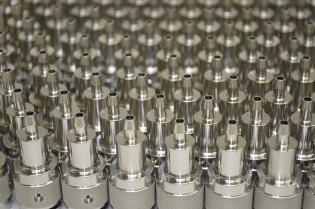



Passivating Stainless Steel Qq P 35c Passivation Of Steel Accurate Precision Plating
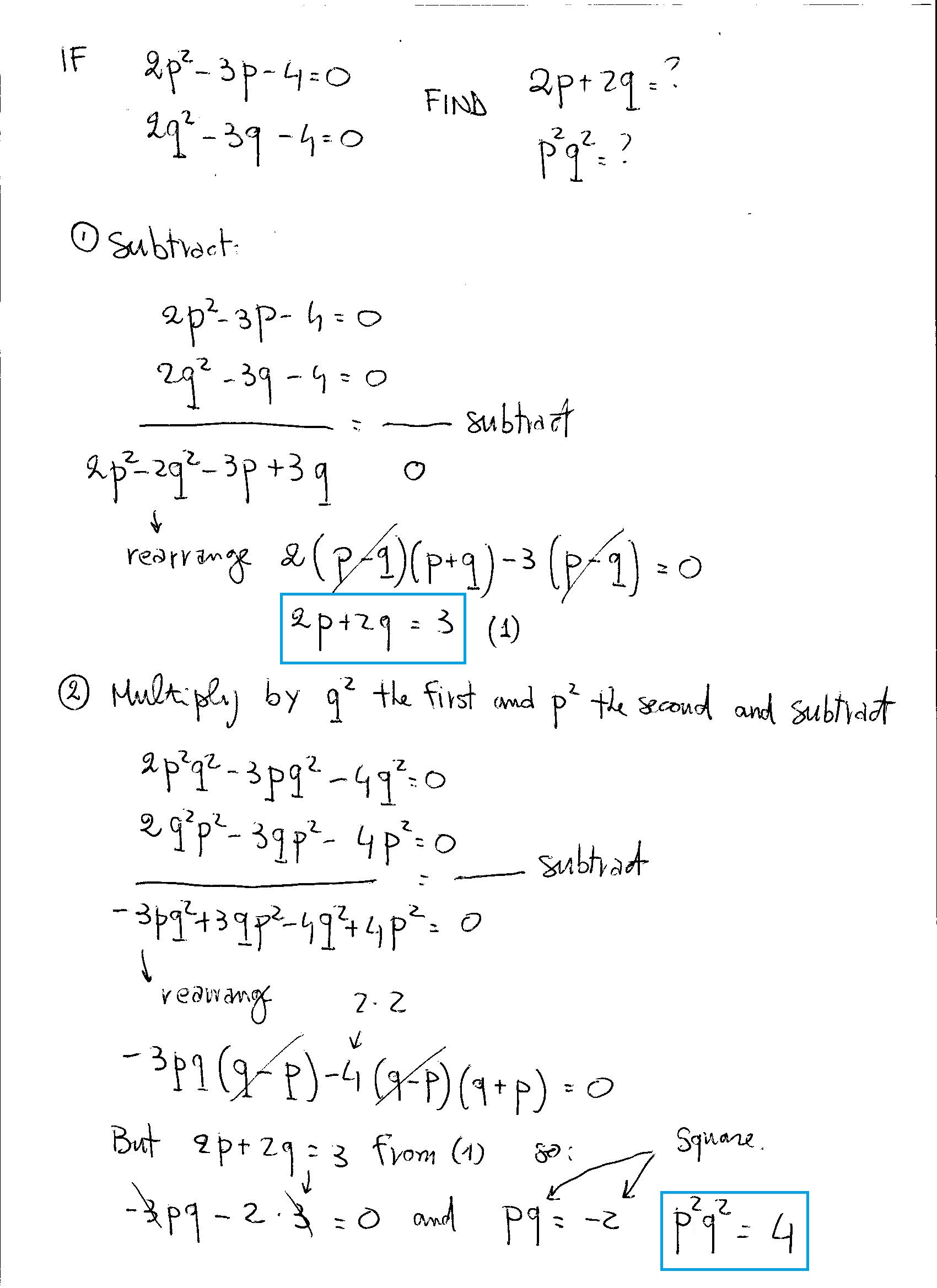



Hard Algebra Question Please Help Socratic
Con Tablas de la Verdad se analiza una Proposición Lógica para saber si es una tautologia o contradicción o contingencia Más videos sobre LÓGICA https//wSince (p→ q)∧(q→ r) → (p→ r) is always T, it is a tautology (0 points) (c) sol p q p→ q p∧(p→ q) p∧(p→ q) → q T T T T T T F F F T F T T F T F F T F T Since p∧(p→ q) → qis always T, it is a tautology (0 points) (d) p q r p∨q p→ r q→ r (p∨q)∧(p→ r)∧(q→ r) (p∨q)∧(p→ r)∧(q→ r) → r1statement variables p and q are substituted for component statements "Dogs bark" and "Cats meow," respectively 2truth table shows that for each combination of truth values for p and q, p ∧ q is true when, and only when, q ∧ p is true In such a case, statement forms are called logically equivalent, and we say that (1) and (2) are



Www Glenair Com Mil Dtl 399 Connector Series Iv Pdf Series Iii And Iv Environmental And Hermetic Material And Finish Pdf




Show That Ptoq Qto R To P To R Is A Tautology
(pq)(pq) => px(pq) qx(pq);Otherwise it is true Given p ⇒ q, use the Fitch System to prove ¬p ∨ q 1 p => q Premise 2 ~ (~p q) Assumption 3 ~p Assumption 4 ~p q Or Introduction 3 5 ~p => ~p q Implication Introduction 3, 4 6 ~p Assumption 7 ~ (~p q) Reiteration 2 8 ~p => ~ (~p q) Implication Introduction 6, 7 9 ~~p Negation Introduction 5, 8 10 p Negation Elimination 9 11 q Implication Elimination 1, 10 12 ~p q Or Introduction 11 13 ~ (~p q) => ~p q Implication Introduction 2, 12 14 ~ (~p q



Http Www Math Uic Edu Marker Math215 Methods Pdf
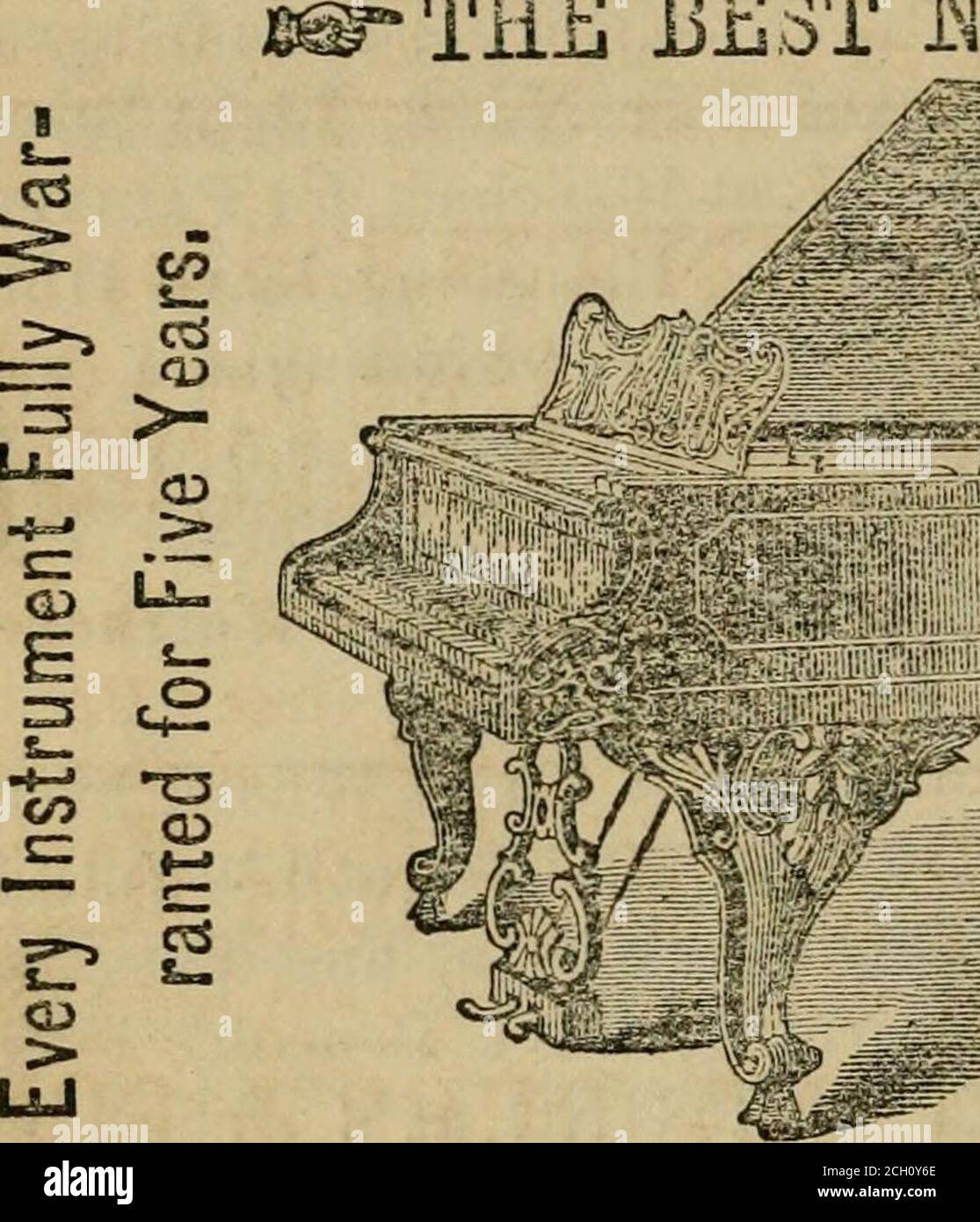



Qq Application High Resolution Stock Photography And Images Alamy
P q p → q ∼ q ∼ p T T T F F T F F T F F T T F T → F F T T T In this case there is only one critical row to consider, and its truth value it true Hence this is a valid argument Result 22 (Generalization) Suppose p and q are statement forms Then the following arguments (called generalization) are valid p p∨q q p∨ q Result 23 The basic method I would use is to use P>Q ~P V Q, or prove it using truth tables Then use boolean algebra with DeMorgan's law to make the right side of your equation equivalent to the left sideP ()q (p^q) _(p^q) Table 3 Logical Equivalences Involving Biconditionals Tautology (so these will be true for an Name Abbr p_p Excluded Middle EM (p^q) =)p Simpli cation S p =)(p_q) Addition A (p^(p =)q)) =)q Modus Ponens MP ((p =)q) ^(q =)r)) =)(p =)r) Hypothetical Syllogism HS ((p_q) ^q) =)p Disjunctive Syllogism DS
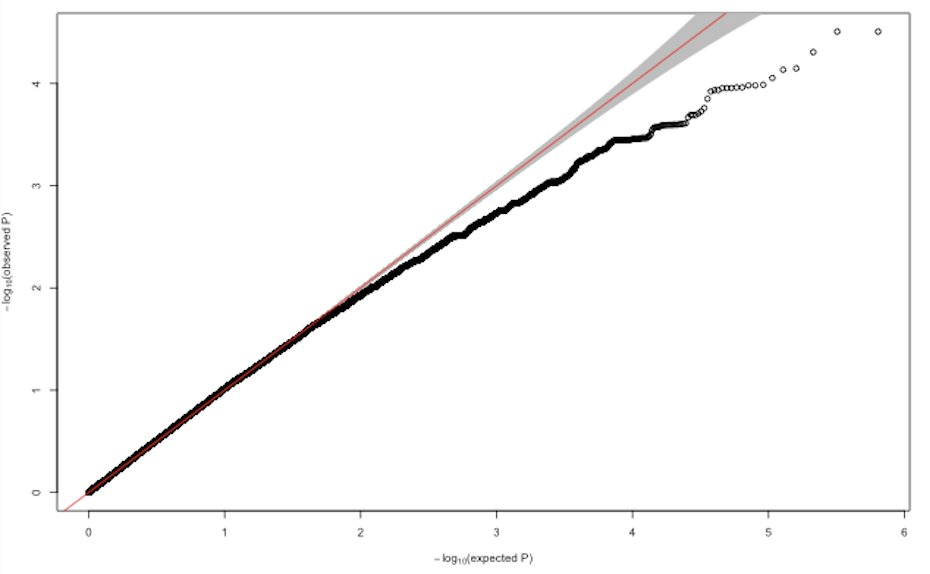



Why Are My P Values Deflated Gwas



Deseq2 Qq Plot Of P Values
P _ q T T F T T F F F T F T F T F T T F T T F T T T F F F T F T T T T Since (p ^q) !p _q is T in all cases, therefore (p^q) p_q You could stop one step earlier by noticing that since the columns for (p ^q) and p _q are identical, therefore they're logically equivalent 12Given p →q, q →r, p Prove r We want to establish the logical implication (p →q)∧(q →r)∧p ⇒r We can use either of the following approaches Truth Table A chain of logical implications Note that if A⇒B andB⇒C then A⇒C MSU/CSE 260 Fall 09 10 Does (p →q)∧(q →r)∧p⇒r ?A tautology is a proposition that is always true, regardless of the truth values of the propositional variables it contains A proposition that is always false is called a contradictionA proposition that is neither a tautology nor a
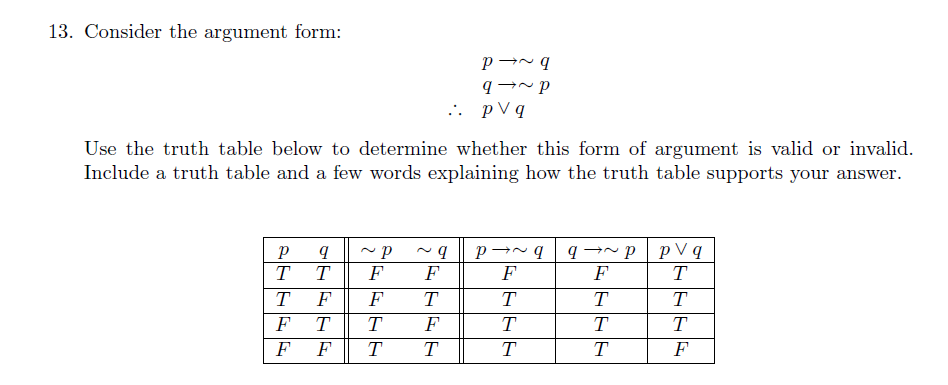



Consider The Argument Form P Rightarrow Tilde Q Q Chegg Com




1 Ca 8 Logic Pq P Qp Qp Qp Qp Qp Qp Qp Q Ppt Download
Welcome to Sarthaks eConnect A unique platform where students can interact with teachers/experts/students to get solutions to their queries Students (upto class 102) preparing for All Government Exams, CBSE Board Exam, ICSE Board Exam, State Board Exam, JEE (MainsAdvance) and NEET can ask questions from any subject and get quick answers byIn p !q, p is the hypothesis (antecedent or premise) and q is the conclusion (or consequence) Implication can be expressed by disjunction and negation p !q p _q Richard Mayr (University of Edinburgh, UK) Discrete Mathematics Chapter 1113 7 / 21 Understanding Implication Conditional (p =)q) ()(˘p_q) ˘(p =)q) ()(p^˘q) Rules of Inference Modus Ponens p =)q Modus Tollens p =)q p ˘q) q )˘p Elimination p_q Transitivity p =)q ˘q q =)r) p ) p =)r Generalization p =)p_q Specialization p^q =)p q =)p_q p^q =)q Conjunction p Contradiction Rule ˘p =)F q ) p) p^q « 11 BEShapiro forintegraltablecom




Show That Q P P Q Is A Tautology I E Chegg Com




Default Tableau For T With Premisses In P P Q R S P U Download Scientific Diagram
(p^q) p_q p q (p^q) !The biconditional p q represents "p if and only if q," where p is a hypothesis and q is a conclusion The following is a truth table for biconditional p q p q p q T T T T F F F T F F F T In the truth table above, p q is true when p and q have the same truth values, (ie, when either both are true or both are false) Now thatOtherwise it is true The contrapositive of a conditional statement of the form "If p then q " is "If ~ q then ~ p "




Using Truth Table Prove The Following Logical Equivalence P Q Rarr R P Rarr Q Rarr R Youtube




Chapter 1 The Logic Of Compound Statements Section 1 2 1 3 Modus Tollens Conditional And Valid Invalid Arguments Ppt Download
Two propositions p and q arelogically equivalentif their truth tables are the same Namely, p and q arelogically equivalentif p $ q is a tautology If p and q are logically equivalent, we write p q c Xin He (University at Buffalo) CSE 191 Discrete Structures 22 / 37 1 ¬ ( ( P → Q) ∨ ( Q → P)) A s s u m 2 P → Q A s s u m This second assumption is good too, since you basically want to do a DeMorgan on line 1, and to do those in Natural Deduction, you do a Proof by COntradiction on each of the disjuncts so yes, assume the disjunct, but then proceed with getting the full disjunct 3If p and q are statement variables, the conditional of q by p is "If p then q" or "p implies q" and is denoted p →→ → q It is false when p is true and q is false;




Qq Album By La Ch Spotify
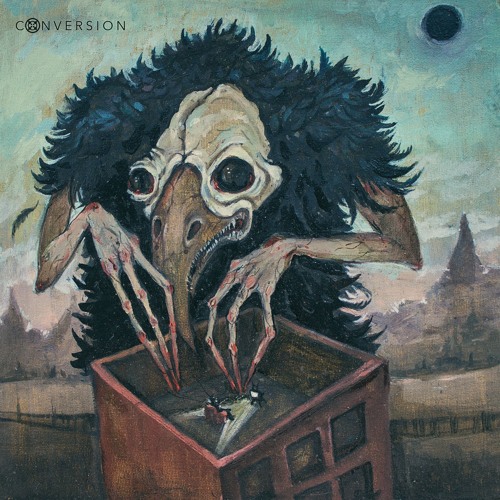



Stream Pqqp Talabun Changes By Xtraterra Audio Listen Online For Free On Soundcloud
If p (antecedent) and q(consequent) be proposition variables (or sentential variables), the conditionalof q by p is "If p then q" or "p implies q" We symbolizethe conditional by p → q, and frequently read "p implies q" or "p only if q" It is false when p(using Distributive Law) => p^2 pq qp q^2 => p^2 q^2 (pq is same as qp so both nullify each other) So, the correct answer is (pq)x(pq) = p^2 q^2Now, our final goal is to be able to fill in truth tables with more compound statements which have more than just one logical connective in them Statements like q→~s or (r∧~p)→r or (q&rarr~p)∧(p↔r) have multiple logical connectives, so we will need to do them one step at a time using the order of operations we defined at the beginning of this lecture



Www Airborn Com Docs Openaccessprovider Product Documentation M Series 9 Ctm115 M 81 M81 Pdf Sfvrsn E54f52 6




Construct A Proof For The Argument P Q Q P Mathematics Stack Exchange
(pVq) V (~p^q) → q p q ~p p V q ~p ^ q (p V q) V (~p ^ q) (p V q) V (~p ^ q) → q T T F T F T T T F F T F T F F T T T T T T F F T F F F T Problem 18 (15 points) Write each of the following three statements in the symbolic form and determine which pairs are logically equivalent aThis sentence is of the form "If p then q" So, the symbolic form is p → q wherep You are intelligent q You will pass the exam Converse StatementIf you will pass the exam, then you are intelligent Inverse StatementIf you are not intelligent, then you will not pass the examP → q (p implies q) (if p then q) is the proposition that is false when p is true and q is false and true otherwise Equivalent to finot p or qfl Ex If I am elected then I will lower the taxes If you get 100% on the final then you will get an A p I am elected q I will lower the taxes Think of it as a contract, obligation or pledge




Ams Qq P 416




Proof In Logic That P Leftrightarrow Q Is The Same As P Lor Q Rightarrow P Land Q Mathematics Stack Exchange
P then q" or "p implies q", represented "p → q" is called a conditional proposition For instance "if John is from Chicago then John is from Illinois" The proposition p is called hypothesis or antecedent, and the proposition q is the conclusion or consequent Note that p → q is true always except when p is true and q is falseOtherwise, it is always true In this implication, p is called the hypothesis (or antecedent) and q is called the conclusion




How To Make Q Q Plots For Different Models At A Single Chart Using R



Www Princeton Edu Hhalvors Teaching Phi1 S06 Proofs Pdf
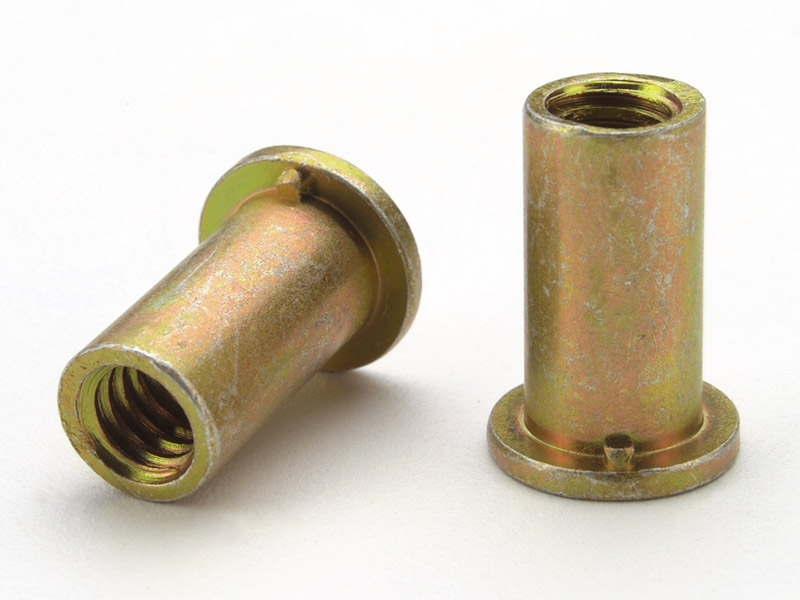



Flathead Threaded Insert Closed End Keyless Metric On Pennengineering




Cadmium Plating Mil Spec Fed Qq P 416f Cadmium Plating




X 1 2 Square P Q Q P Then Show That 2p 1 X 2 X X 2 1 P Q Brainly In




Solved Consider The Argument Form P Rightarrow Q Q Right Chegg Com



Thin Dense Chrome Plating Cadmium Plating Ams Qq C 3 Ams Qq P 416



If P Q Q P 1 Then The Value Of P 3 Q 3a




Express 0 In The Form P Q Q 0 And Find The Value Of P Q Q P Brainly In




Equivalent To Qq P 35 Spec For Passivation Of Stainless Steel Astm A 967




Simplify Combining Like Terms P P Q Q Q Q P
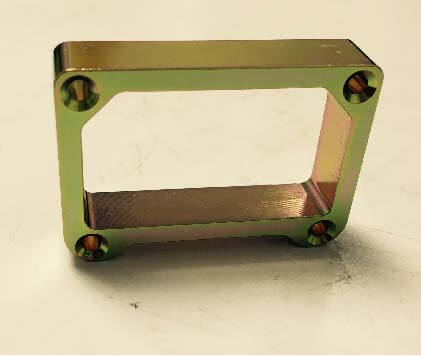



Cadmium Plating Sheffield Platers



1
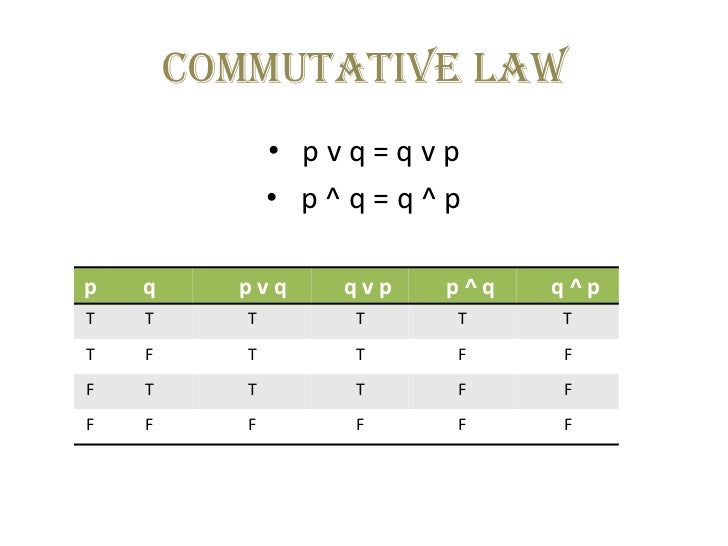



Propositional Logic




P Q Q P 1 2x Solve For X Brainly In




The Qq Plot Of P Values For The Fisher Combination Test Of Association Download Scientific Diagram
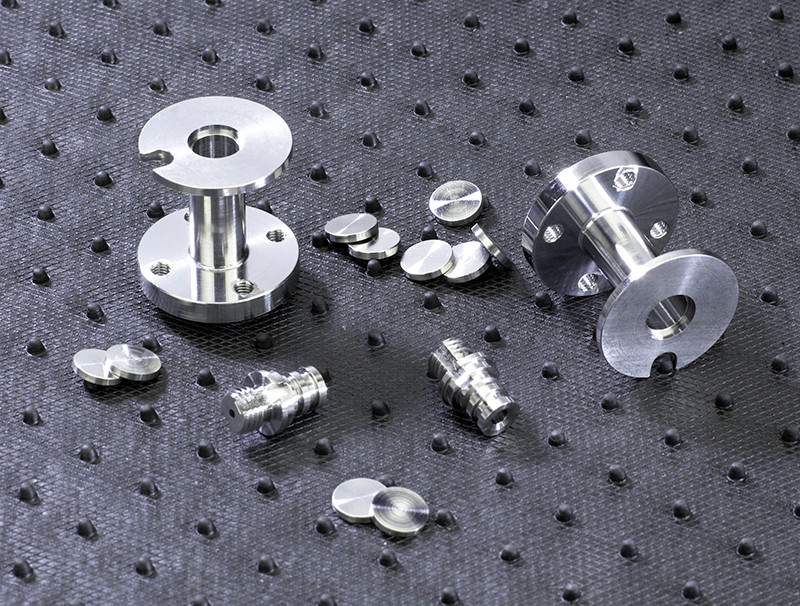



Passivation Ams 2700 Astm A 380 Astm A 967 Anoplate Inc




Q Q Plot Comparing The Uniform Distribution To The P Values For T Tests Download Scientific Diagram
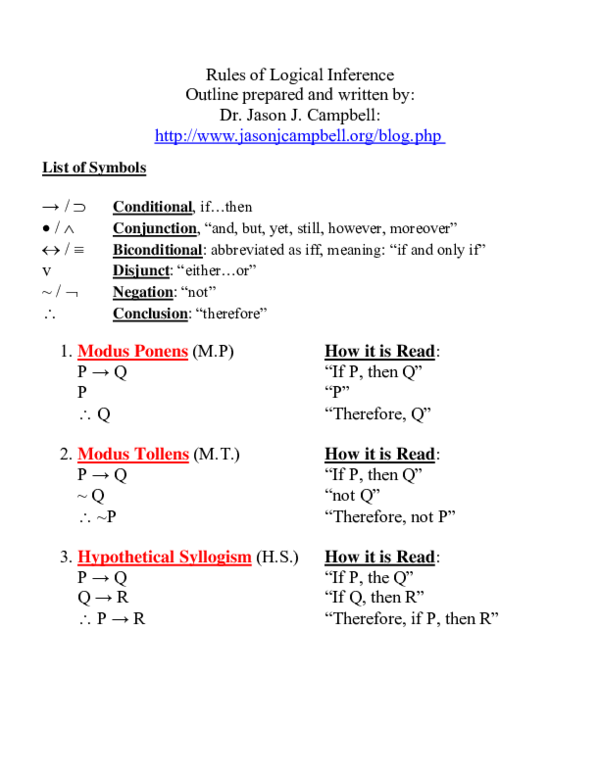



Pdf Rules Of Logical Inference Dr Jason J Campbell Academia Edu




Propositional Logic Proposition A Proposition Is A Statement




Quantile Quantile Plot Qq Plot Of Observed And Expected P Values Download Scientific Diagram




Qq Plots Of The Negative Logarithm Of P Value From When Using Wtccc Download Scientific Diagram



Http Citrisurf Com Wp Content Uploads 16 04 Amsqqp35 Cancel Pdf




Review I Rosen 1 1 1 5 3



Core Ac Uk Download Pdf Pdf



2




Read This Before You Buy Qinetiq Group Plc Lon Qq Because Of Its P E Ratio




If P Q 10 And Pq 5 Then The Numerical Value Of P Q Q P Will Be Algebra Gravity Coaching Youtube
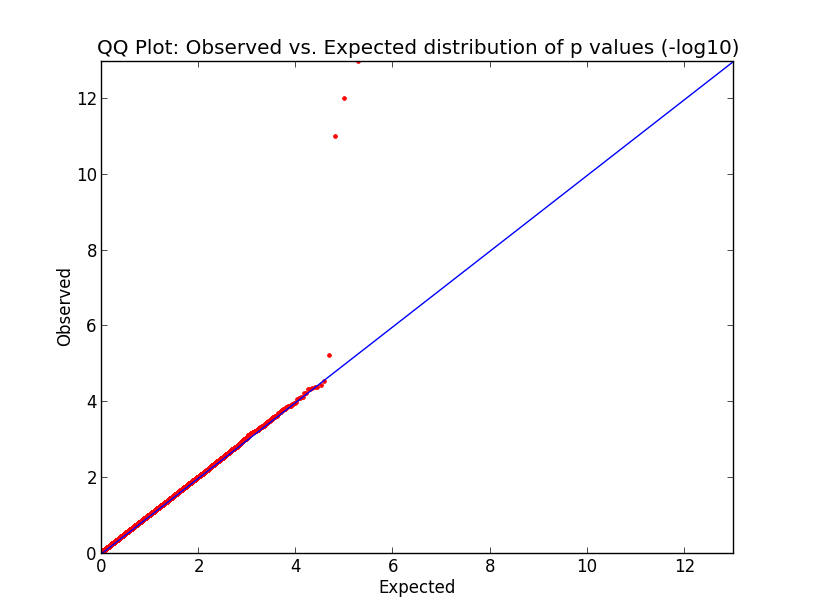



Qq Plots With Matplotlib




How To Prove Lnot P To Q Vdash P Land Lnot Q Mathematics Stack Exchange




Logic Truth Table For P Q R Q Youtube




Qq P 35c Abbott Aerospace Canada Ltd




How To Prove P Q Q R By Natural Deduction Philosophy Stack Exchange




Qq P 416 Cadmium Plating Keystone Finishing




Ex 9 3 5 A Add P P Q Q Q R And R R P Ex 9 3




Nitric Passivation Citric Passivation New England Electropolishing




Logical Equivalences



Plos One Pyrroloquinoline Quinone Pqq Inhibits Lipopolysaccharide Induced Inflammation In Part Via Downregulated Nf Kb And P38 Jnk Activation In Microglial And Attenuates Microglia Activation In Lipopolysaccharide Treatment Mice




Solved P Q Q R R P 1 P Q Premise 2 Q Chegg Com




Create A Quantile Quantile Plot With Ggplot2 Kamil Slowikowski




1 Ca 8 Logic Pq P Qp Qp Qp Qp Qp Qp Qp Q Ppt Download




P And Q Reversal Posters Playdough To Plato




Show That P To Q Lor Q To P Is A Tautology Mathematics Stack Exchange




Example P Q R P R Q R Stack Overflow




Stream Pqqp Styx By Xtraterra Audio Listen Online For Free On Soundcloud



1



2




Qq Plots In R Quantile Quantile Plots Quick Start Guide R Bloggers




Pyrroloquinoline Quinone Inhibits The Production Of Inflammatory Cytokines Via The Sirt1 Nf Kb Signal Pathway In Weaned Piglet Jejunum Food Function Rsc Publishing



Search Q Before And After Passivation Tbm Isch




Qq Plots And Pp Plots




Cadmium Plating Sheffield Platers




Qq Plots And Pp Plots




Passivation Of Stainless Steel Astm 67 Qq P 35 Ams 2700 Apt




Quality And Quantity Culture Effectively Restores Functional And Proliferative Capacities Of Endothelial Progenitor Cell In End Stage Renal Disease Patients Sciencedirect




Passivation Of Stainless Steel Astm 67 Qq P 35 Ams 2700 Apt




Which Of The Following Is True B P B Nbsp Nbsp P 2 1 Q 2 P P 1 Q Q P Q 2 1 P 2 Q Q 1 P P Q P Q P Q B Q B Nbsp Nbsp If Pqr 1 Then 1 1 P Q 1 1 1 Q R 1 1 1 R P 1 1 A Both B P B And B Q B Are




Getting Genetics Done Advanced Qq Plots In R




Qq P 416 Tech Information




Logical Equivalence The Laws Of Logic In Mathematics It Is Important To Know Whether The Entities Being Studied Are Equal Or Whether They Are Essentially The Same For Example In Arithmetic And




Pretty Q Q Plot For P Values Qqplot Gwas Utils




If The Equation X 2 Px Q 0 And X 2 P X Q 0 Have A Common Root Prove That It Is Either Youtube




Deflated P Values Gwas




How To Interpret A Qq Plot Of P Values Cross Validated




P Q Q P 4 Find The Value Of P3 Q3 Q3 P3 Brainly In




Sae Ams Qq P 416 R Plating Cadmium Electrodeposited




Quantile Quantile Q Q Plot The Observed P Values Y Axis Were Download Scientific Diagram




Exercise 1



R Plot Histogram Or Qq Plot Of All P Values



R Plot Histogram Or Qq Plot Of All P Values




Genome Wide Association Study For Salinity Tolerance At The Flowering Stage In A Panel Of Rice Accessions From Thailand Bmc Genomics Full Text




How To Solve P Q P Q By Natural Deduction Mathematics Stack Exchange



Wcwkjpztuuswmm



Search Q Add P P Q Q Q R And R R P Tbm Isch




Pdf Aerospace Material Specification Passivation Treatments For Corrosion Resistant Steel Jean Franco Gonzalez Academia Edu




Ccr274ss A Cres Solid Film Lube Passivate Ccr274cs P E R Per Per Per Ms604r Ams 5731 Astm A 493 Mil L Qq P 35 L F Pdf Free Download



0 件のコメント:
コメントを投稿